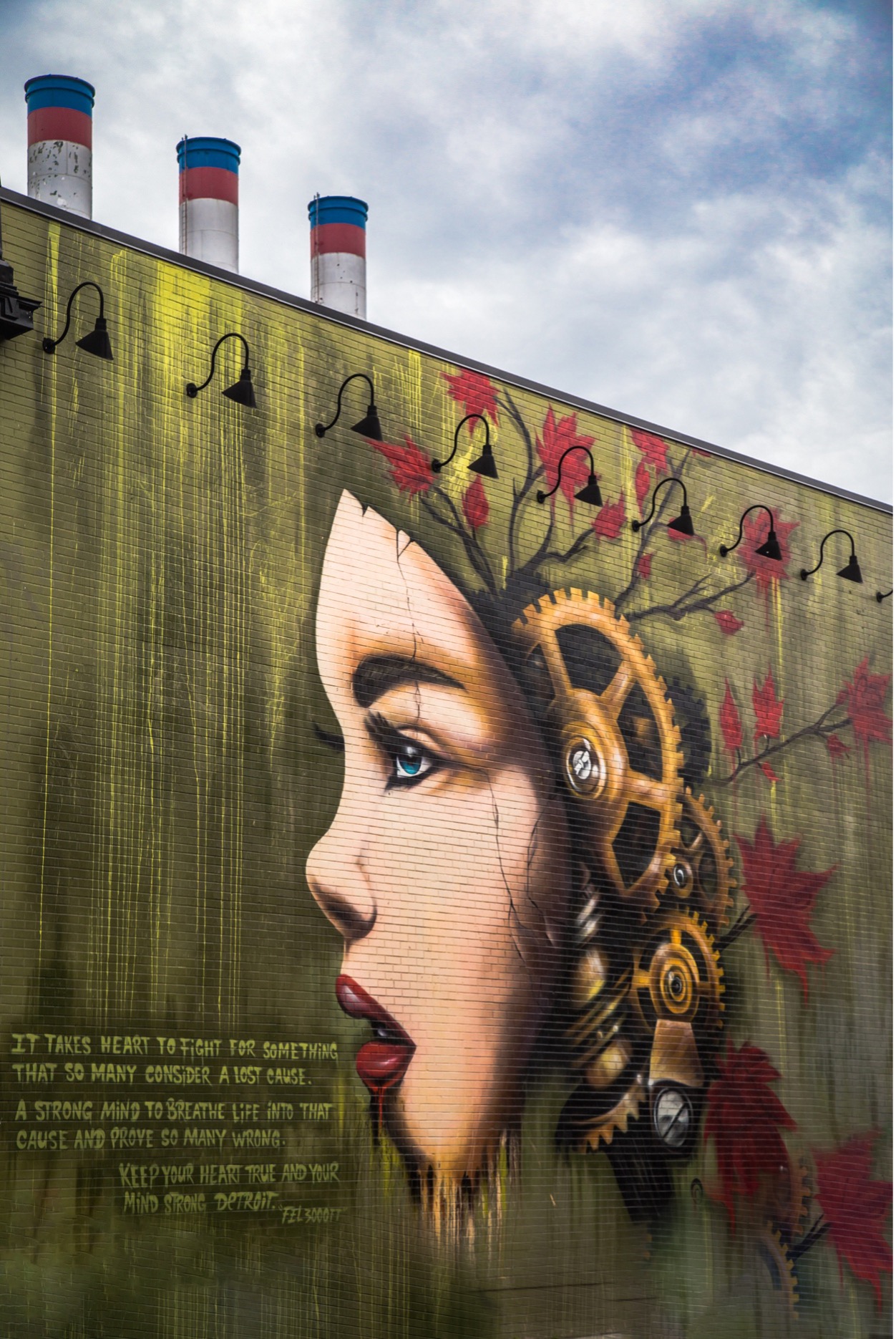Art is not only a self-expression medium. It can help people connect, share experiences, and fight many problems in the modern world.
ART AS A WEAPON. HOW ARTISTS TACKLE MODERN PROBLEMS VIA CREATIVITY
It is hard to overestimate the power of an art piece on a person or community. A powerful creation can raise discussions, connect people of different backgrounds, or help to fight social issues.
A considerable part of it comes from the unique ability of art to speak to emotion personally. Another crucial factor is that it comes in unlimited forms and presentations. It has cultural significance, but it can also be a power in making a positive change in the world.
The best part is – anyone can take part in it. Whether you are an art model, professional painter, street artist, or musician, everyone has a place. Together with the Jooble team of experts, we’ve prepared a case on why and how art can be a weapon and what effect it can have.
IT GIVES A DEEPER PERSPECTIVE
Without a doubt, a great piece of art always has a message behind it. And in many cases, such a form of communication is more digestible for people than just straight facts.
For example, hardly a person hasn’t heard about ecological issues today. It is all over the news, reports, and conferences. There are huge piles of data and studies. Sure, those invested can read it and be inspired to change by absorbing information.
But for many people, seeing an art piece made from waste from the ocean holds a more powerful message. It allows experiencing it first-hand and on an emotional level. Facts and figures are abstract and do not have the same impact.
Mandy Baker is a photographer who creatively depicts the ocean’s pollution. Her work, Hong Kong Soup:1826, offers a genuinely stunning look at this problem. The photo shows floating plastic that has been collected from various beaches in Hong Kong. And the number 1826 refers to the same number of tons of waste that goes to landfills every day.
The use of the word “soup” is not a coincidence. It makes it more impactful as a nod to both what we digest and the idea of primordial soup as the source of life.
Data might make people feel disconnected, whereas creative pieces will engage them. And the point is not to solve the issues with a picture but instead to make it visible to others. In such a form, it is not abstract pollution. It is a strong message.
IT HELPS TO SHARE EXPERIENCES
Another significant way art can be a weapon is in how it speaks to people. You do not need translation or knowledge of a foreign language to consume it. This is incredibly important to give voices to those who have been silenced. This also helps to bring an exceptional experience to your doorsteps, close to the heart.
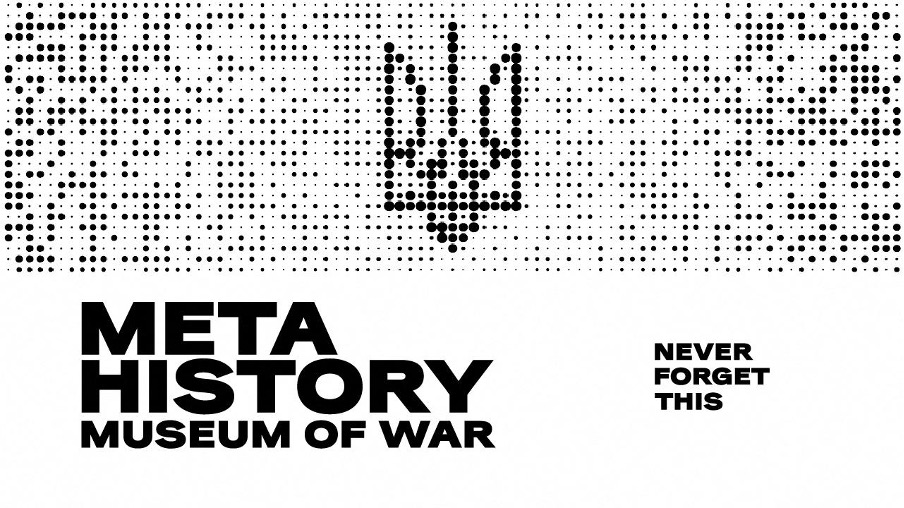
At the same time, it can bring real change by collecting funds for a good cause. Ukraine’s Ministry for Digital Transformation recently launched an NFT collection to gather funds to support the Armed Forces of Ukraine in the full-scale war unleashed by Russia. It is called the Meta History Museum of War. It allows people all over the world to support Ukraine financially in its fight for freedom. Furthermore, it also serves as a digital representation of this turmoil.
Currently, 54 pieces of art depict the first three days of the Russian invasion. Each of them is based on a real news piece from the war. It follows chronological order to show how the events unfolded. Many Ukrainian and international artists participate in the initiative to preserve history, share the experiences of the Ukrainian people, and help them protect themselves at the same time.
As a result, art is a real weapon here, as the proceeds collected turn into military support.
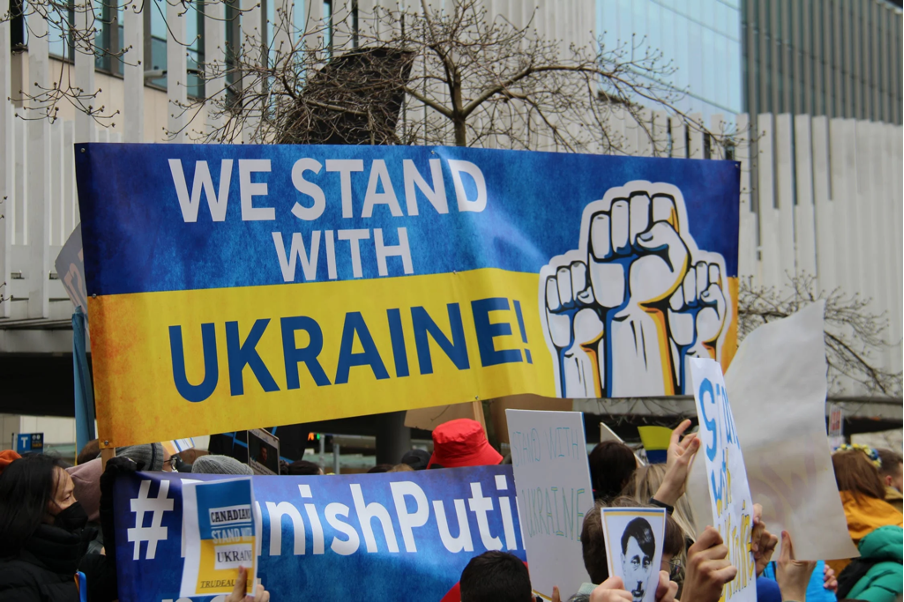
IT IS INTERCONNECTED WITH POLITICS
For some people, art and politics might sound like entirely different worlds. However, it is not always the case. Creative activism helps to make the invisible visible. It highlights the problems that do not get attention otherwise.
Creation can be a commentary on the state of society and the politics of particular governments or countries. It has the power to provoke discussions that lead to changes. One of the significant names in this regard is Banksy. His pieces are almost always politically charged and immensely compelling. They deal with a massive variety of topics, including:
- War
- Migration
- Police brutality
- Capitalism
- Greed
- Hypocrisy, etc.
His street art can be found all over the world now. And from what could be considered an act of vandalism, it turned into a powerful message. What adds to the impact of the works is that identity of Banksy is unknown. It shifts the focus from the author to the issue.
The works are two-dimensional, often monochromic, or use copyrighted materials. But they always strike right in the spot.
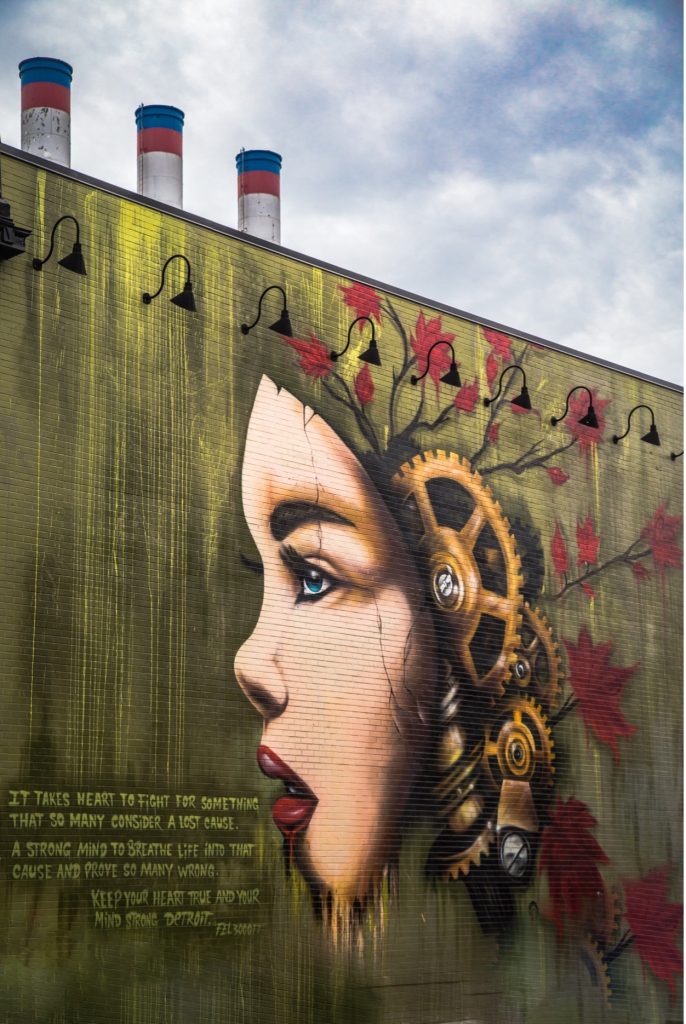
IT REDEFINES NARRATIVES
Art holds a lot of potential for storytelling, narrative, and changing stereotypes. It allows creators to present their perspectives to the audience. And through different visual media, they can influence public opinion on the matter.
Kenyan filmmaker Wanuri Kahiu is an excellent example of that. Her films can present a different African image, one of fun, adventure, and forcefulness. Although her movies are banned in Kenya, they are critically acclaimed worldwide. In her artistry, Wanuri Kahiu fights for the freedom of speech and social change worldwide.
Another outstanding work in redefining stereotypes is what an organization called Dialogue Social Enterprise does. Its main objective is to help people experience the world from the perspective of those who lost or never had sight.
The organization holds exhibitions and events in complete darkness where blind guides help visitors to navigate. This is a perfect way to better grasp what such a disability implies. And it also has a huge impact on the community. Through the organization’s activity, it has offered jobs for more than 7,000 blind people since the end of the 1980s.
IT CAN BE AN ACTIVISM DEED
Artistic activism is a widespread practice that has several major benefits. In this case, the creation serves a particular purpose and combines emotional appeal with activist strategy. This means that both effect and effect come together.
One aims at the material world and disrupting existing systems. Another aims to reach the hearts of viewers. When combined, they hold a great dynamic. The benefits of artistic activism are:
- It goes well with urban and contemporary environments, in the form of street art, for example.
- It appeals to symbols and meanings, which form people’s worldviews. Humans are much less logical than they’d like to admit.
- It is accessible to anyone. To participate, one doesn’t have to be an academically acclaimed painter or sculptor. The message is more important than the forms in many cases.
- It has worked many times throughout the history.
- It takes the audience by surprise. For example, since the start of the full-scale Russian invasion of Ukraine, many murals have appeared in different countries. A lot of them were painted in Poland. One of the many Polish artists that contributed to this movement is Patryk Łukaszuk. He created a mural in Lębork and said graffiti is his weapon against aggression. The fact that art blends with urban landscape disrupts viewers from their bubbles and makes them think.
- It endorses creativity. Art inspires art. This boosts the freedom to experiment and find new means of expression.
And one of the main reasons artistic activism is so impactful is that it is peaceful yet persuasive. Sometimes a person doesn’t need a long speech to change one’s mind. A simple picture can do it.
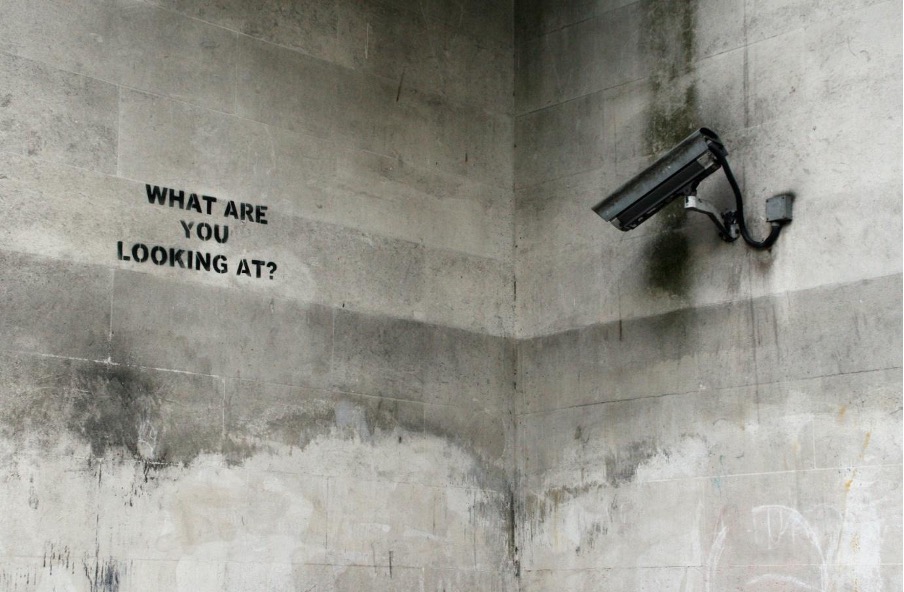
IT BRINGS PEOPLE TOGETHER
People can participate in the creation together, which is a way to bring the community together. Sharing such an experience helps people communicate and have something in common.
This is often used to positively change a particular environment or area. For example, the Granby Four Streets project in Liverpool, England, did just that. In partnership with residents, several local architects worked together to give new life to old houses and empty shops. As a result, the area was transformed, and people also got new job opportunities.
BOTTOM LINE
The act of art is much more than an artist’s self-expression. It holds the power to change minds, brings issues to light, and give voices to those unheard. Modern creators use various platforms and mediums to raise awareness, collect donations, and preserve history. They contribute to culture, politics, and communities by making positive changes.
Author Bio: Hanna Kochehura is a freelance writer interested in innovative technology, the modern work market, digital marketing, and education. Always ready to learn about new trends and exciting opportunities in these fields. She is a writer during the day and a standup comedian in the evenings.

